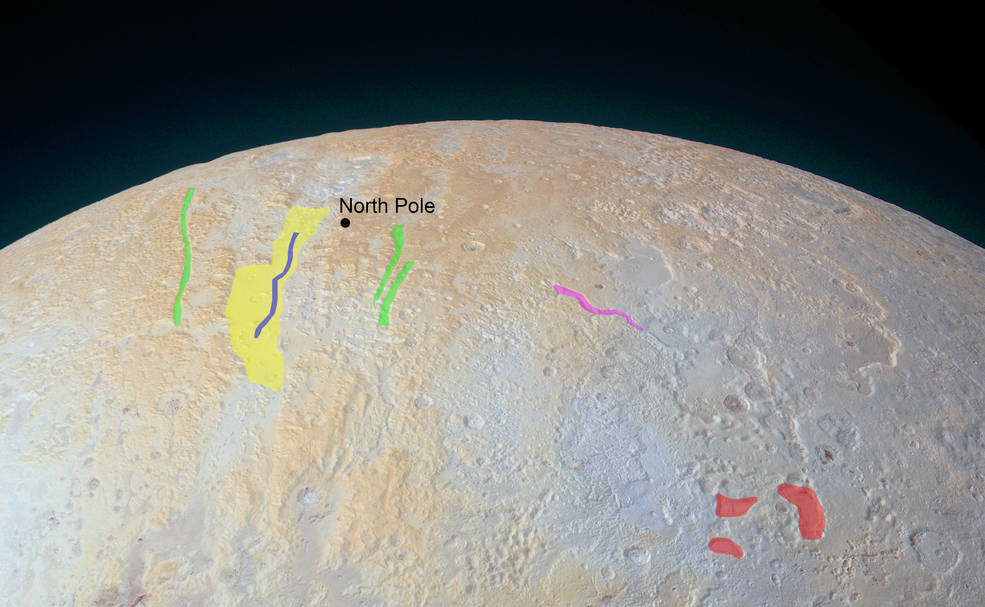Pride in Space!!!!
Now there’s a new reason to seriously start investigating the possibility of civilian space travel: one of our favorite non-profit organizations just declared the universe LGBT-friendly. Planting Peace’s latest display of solidarity with the queer community involves a Pride flag, a high altitude balloon and a GoPro camera. The group, which regularly launches social activism campaigns to raise awareness about issues like LGBT rights and deworming children in developing countries, used the balloon to elevate a rainbow flag up through the Earth’s atmosphere. It eventually reached its peak altitude approximately 21.1 miles above the planet. The flag remained airborne, floating … Read more












